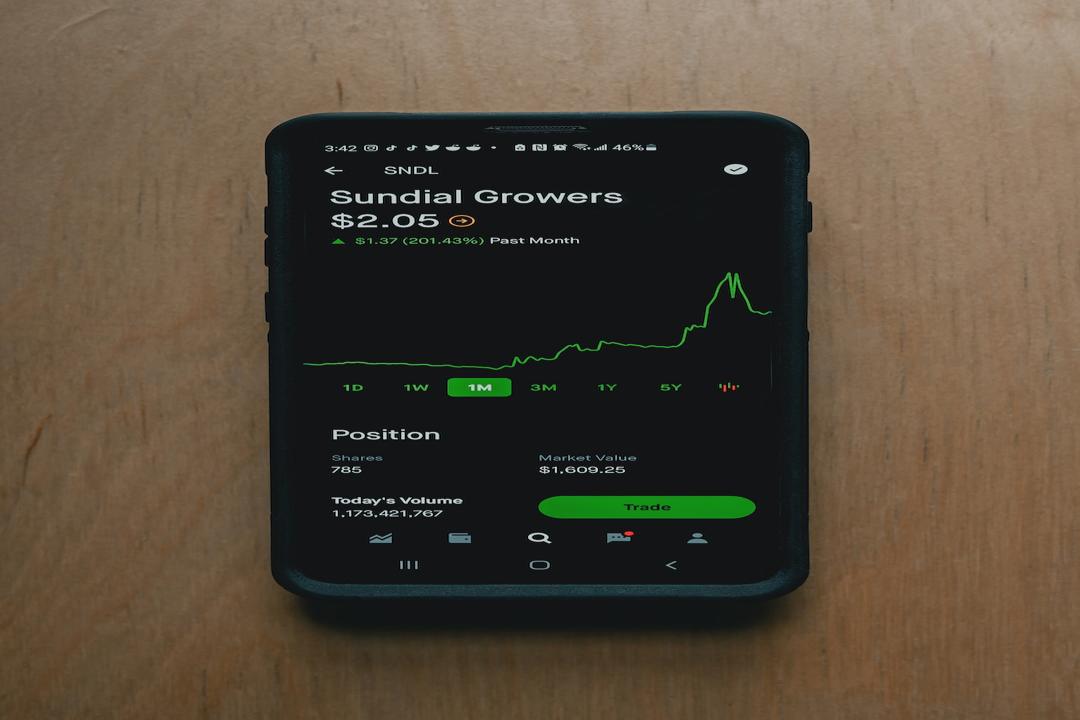If we say that the Ethereum ecosystem has entered the “old age” of the DeFi “war” between Restaking and locked ETH liquidity, can Metis, with its decentralized Sequencer operation and the collaboration with the LST platform by ENKI Protocol, replicate the growth process of the DeFi “early days” on layer 2? Now, let me share my thoughts:
1) When Restaking platforms on Ethereum start appearing one after another, native ETH assets become the coveted prize among these platforms. Therefore, many platforms exchange users’ ETH assets for wrapped versions of ETH. While these wrapped assets can circulate within the DeFi system, users cannot redeem their native ETH assets.
The reason is simple. Imagine if a Restaking platform only holds LRT tokens from other platforms and does not have any native ETH assets. It would be like a tree without roots. So, of course, they have to find a way to incentivize users to “give up” their native ETH assets.
Of course, users during the Restaking Fomo period do not care about this issue. They deposit ETH and can exchange it for wrapped ETH (which can circulate) and receive Eigenlayer platform points and LST staking platform points, which are tokens that can receive future airdrops. Why not take advantage of these benefits?
If the assets from these Restaking platforms are combined and there are no security issues at any point, then there shouldn’t be a major problem. Users calculate and give up their native ETH, but in return, they receive circulating wrapped ETH and the opportunity for airdrops from multiple platforms. It seems to make sense. However, all of this relies on the premise that the Restaking combination economy around Eigenlayer will not collapse. If security issues arise and users want to redeem their native assets and escape, they will find that it is too late.
This does not mean that I am spreading FUD about the Ethereum Restaking DeFi ecosystem. In fact, as more and more Staking+Restaking platforms emerge, the battle to seize native ETH assets intensifies. As the market supply of circulating ETH decreases, the “leverage” of the DeFi financial Lego tower will continue to increase. In more aggressive terms, it can be considered a new DeFi summer.
However, looking at it from a different perspective, this is also a typical characteristic of an ecosystem that is “aging”. There are only so many unleveraged native assets in the market, yet everyone wants to build a leveraged empire. Whoever can seize the native assets will have the qualification to build the tower. As a result, everyone is engaged in high-leverage activities. Eigenlayer revitalizes the Ethereum DeFi ecosystem, but the risks behind it are difficult to overlook.
2) As part of the Ethereum layer 2 ecosystem, Metis has taken some unconventional measures over the past few years:
1. It replaced $ETH with a Gas Token for layer 2 platforms. From the beginning, Metis positioned itself as a utility token, making $METIS the native token and establishing a solid foundation.
2. As an OP-Rollup, it chose a combination of off-chain decentralized Storage DA+ and key verifiable data submissions to Ethereum. This significantly reduces gas fees and allows for flexible adjustment of DAs to better align with market trends. It also provides a foundation for the implementation of Hybrid Rollup.
3. It introduced a decentralized Sequencer system, incentivizing Sequencer nodes with native tokens for mining. After its official launch, users can earn up to 20% APY. This native mining income, like users staking ETH in Lido, maximizes the value of the utility token. The stronger the sustainability of this native mining income, the greater the help for the subsequent development of the DeFi ecosystem. Just imagine, Lido currently offers a 4% return, so starting at 20% in the early stage of Metis DeFi is quite remarkable.
4. With the native token-based decentralized Sequencer mining incentive, platforms like ENKI Protocol and Artemis Finance will emerge, as the mining rewards are attractive to funds that are not willing to take risks in the main network’s Restaking points frenzy.
5. As a large number of LST platforms emerge, LRT platforms will follow suit. Users can stake METIS to generate eMetis, which can be used to mine points on LST platforms and further earn profits by staking them on other LRT platforms. At the same time, other DeFi platforms such as DEX, derivatives, and CDPs will also participate in this overflowing liquidity relay. Slowly, Metis can potentially replicate the path that Ethereum DeFi has traveled with DeFi Farming.
In summary, when layer 2 solutions are struggling to develop, Metis, which originally rejected ETH as a Gas Token, has actually laid the foundation for building a DeFi ecosystem. Its choice to implement a decentralized Sequencer system also sets the foundation for the operation of this DeFi economy.
Currently, many Ethereum layer 2 DeFi projects are struggling because they lack native asset-driven value growth. Relying solely on wrapped ETH tokens and governance tokens makes it difficult to create a healthy and sustainable ecosystem.
Clearly, compared to the billion-dollar layer 2 projects that were born with a silver spoon, Metis is still a small baby in the layer 2 market. However, if we agree with the paradigm of driving decentralized economic growth based on native utility tokens, Metis is clearly the most thorough and likely candidate for future growth in the DeFi ecosystem compared to other layer 2 solutions.

